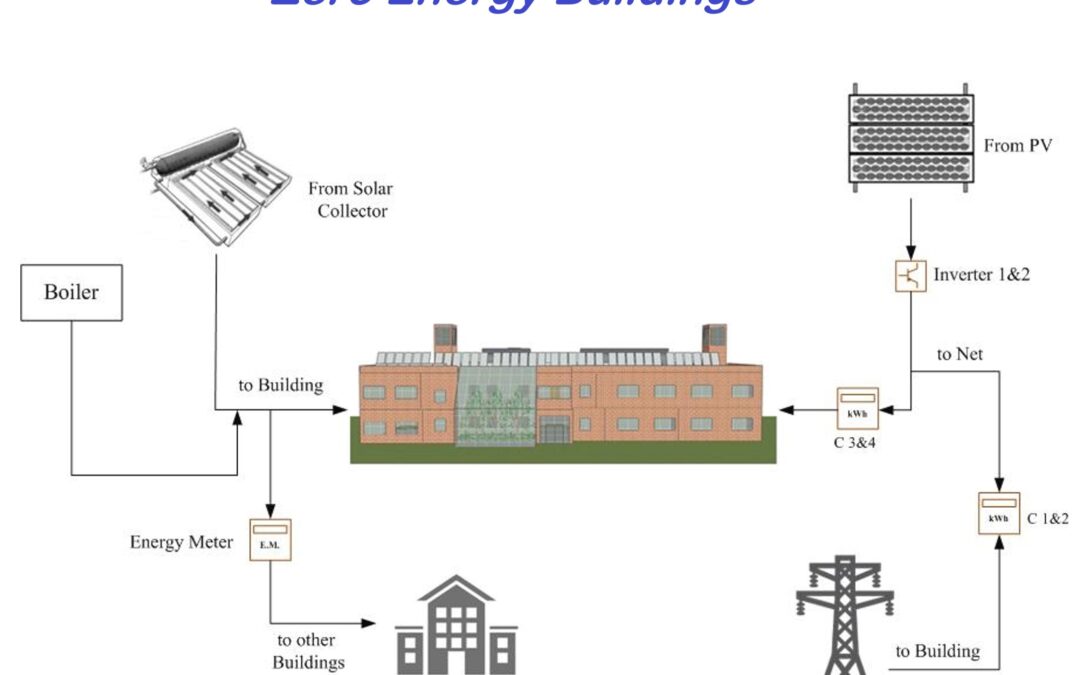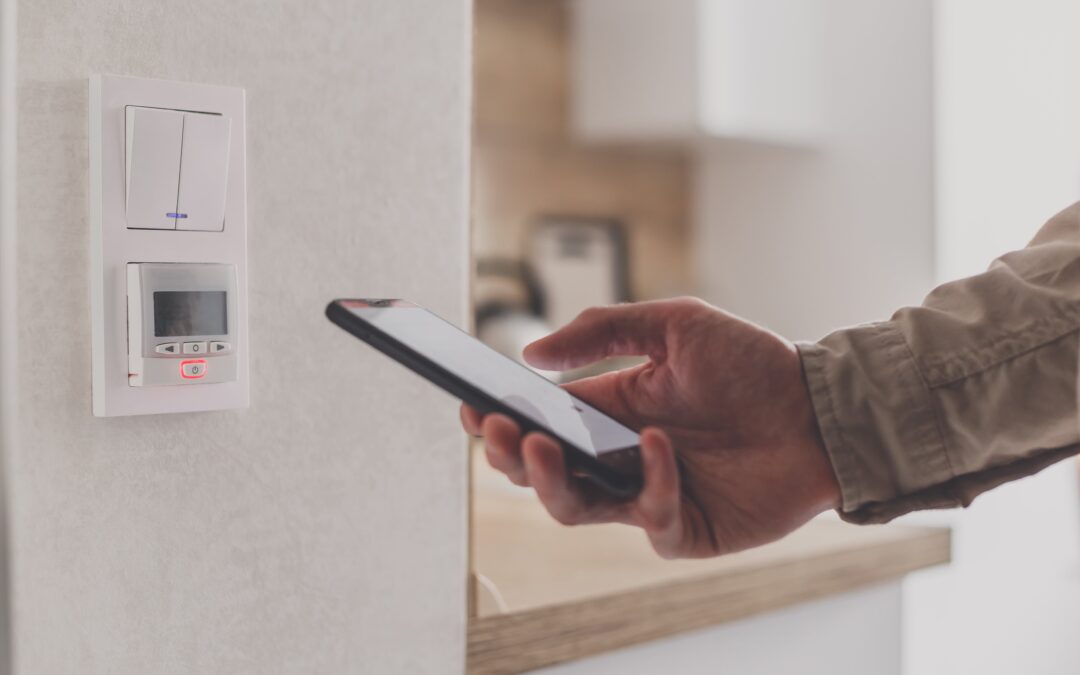Heat pumps are in the news right now, hailed as a highly effective way to reduce energy costs while supporting a more sustainable way of living. The technology helps reduce reliance on fossil fuels to heat and provide hot water for a home or commercial premises. What’s more, heat pumps can also provide cooling, doing away with the need for additional costly air conditioning systems and their running costs.
Heat pumps work by extracting heat from outside a building and concentrating it by means of an electric compressor. The heat is then pumped inside the building and focused where it is needed to change the temperature of the air and water. Heat pump technology has already been in our homes for a while in the guise of refrigerators and reverse-cycle air conditioners. Now, they are being introduced more widely to provide (heating and cooling) all over the house.
Governments around the world are switching on more and more to the potential of heat pump technology. Long before the current conflicts and political disputes began to seriously affect the Russian gas supply, many countries in Europe have been investing in heat pumps – even those with colder climates most of the year. Heat pump production is ramping up in the USA too, under direct orders from President Biden. Australia is also encouraging businesses to move over to heat pumps to provide power and heat to commercial buildings and to mandate the development of the technology in housing developments.
Heat pumps can deliver impressive savings compared to other fuel types and forms of energy provision. They are good news for the climate as well, as they reduce reliance on the National Grid and help cut emissions generated by burning fossil fuels. Heat pumps that run on renewable energy sources, such as solar power, can have an even bigger impact. The technology continues to evolve and is becoming more and more efficient at producing enough energy to replace coal and gas usage around the world.
Choosing a heat pump
It is calculated that heat pumps can achieve between 3 to 6 times more in coefficient of performance, which translates to three to six units of heat produces for every unit of electricity consumed. Choosing the right heat pump for your home or commercial premises is not always straightforward, however. First and foremost, it is important to invest in technology that is powerful enough to provide the amount of energy that the home or commercial premises needs to run. Many appliances now carry energy labels that help you work out how much energy is needed, and to estimate the heating (and cooling) requirements of the overall property.
While it is tempting to simply ‘go bigger’ to ensure all needs are met, there can be dangers attached to oversizing. Larger systems require more significant financial investments, so the cost savings achieved could be cancelled out if buying and installing the heat pump stretches the budget too far at the outset. Adding energy-saving measures to the property, such as enhanced insulation and sealing drafts and cracks in windows, under doors, in attic spaces etc. can help reduce the amount of heat that escapes the building and so cut out the need for over-powered heating systems to compensate.
Once the heat pump is installed, keeping it in good condition can also help maximise its performance and impact on energy bills. For example, keeping the filter clean and unblocked and topping up the refrigerant regularly will allow the pump to operate at maximum performance. For more tips and guidance on heat pump technology, please get in touch with us at 07519 753122



